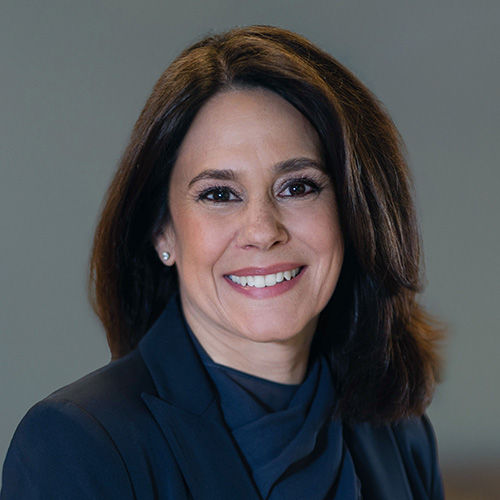Welcome remarks for 'The Evolving Landscape of Bank Funding'
Good afternoon.
On behalf of the Federal Reserve Bank of Dallas, I would like to extend a warm welcome to each of you. I’m required to give the official disclaimer that these are my views and not necessarily those of my Federal Reserve colleagues, but on the warm welcome at least, I think we are unanimous.
I am so happy you joined us for a deep dive into a vital part of the financial system: bank funding.
I’m a big believer in the power of diverse ideas and open debate. To properly discuss this topic—or really any important economic or financial issue—we need to hear a wide range of perspectives. That includes the voices of policymakers, academic researchers and especially experts working in the field, in this case, bankers. At the Dallas Fed, we are working to build a strong economy together, so we greatly appreciate all of you joining us from across the nation to engage in these conversations. This is our second annual conference on bank funding, and I know the discussions will only get deeper and richer as we continue each year.
I’m also delighted to welcome my dear colleagues from the Cleveland and Atlanta Feds, Beth Hammack and Raphael Bostic. It’s always a privilege to spend time with Beth and Raphael, either at our Federal Open Market Committee meetings in Washington or anywhere else. I’m pleased we are sponsoring this conference together, and I look forward to hearing their views during their fireside chat tomorrow.
Banking is crucial to our economy, and funding is crucial to banking.
By taking deposits and making loans, banks enable customers to safely save money and finance investments that grow their families, businesses and communities.
A vibrant banking ecosystem ensures that customers of all kinds can find banks that meet their needs.
And funding is at the center of this business, because funding is how a bank receives excess cash from customers who have it and transforms that cash into a loan that fuels investment and economic growth.
Funding can take many forms, from small retail deposits to wholesale debt. That variety both helps banks meet their evolving needs and supports a variety of banking business models.
Banks have the preeminent responsibility for managing their own funding and funding risks. However, government policies do affect the funding environment for banks.
I’d highlight two policy issues that will be a focus this afternoon.
First, the Fed’s primary credit program allows healthy banks to borrow at the discount window against good collateral. Alongside other contingent funding sources, the discount window can be an important component of banks’ overall plans for ensuring they have strong access to liquidity and can effectively serve their customers across economic and market environments. The Federal Reserve banks have been streamlining and modernizing discount window operations so we can most efficiently and effectively serve banks when they come to borrow. Among those efforts, we are working to enhance coordination with the Federal Home Loan Banks, particularly for managing collateral. I look forward to hearing perspectives during the conference on how the operational improvements to date are working and what more we might do to make the discount window more operationally effective for depository institutions.
Second, deposit insurance underpins the stability of bank funding by reassuring depositors their money is safe. Unfortunately, there is not currently a level playing field for deposit insurance. The public has a perception that the government will bail out too-big-too-fail banks and protect all the depositors at these giant firms. Meanwhile, at community banks, deposits are insured only up to the $250,000 limit. In normal times, customers are confident in their banks’ safety, and the insurance limit may not make much difference. But when stress emerges, customers want safety above all else, and they’ve sometimes run to the biggest banks. Or customers increasingly use reciprocal deposits, which offer added insurance but cost banks money and create operational and other risks. The unlevel playing field between community banks and too-big-to-fail giants undermines the vibrant, competitive banking ecosystem that our economy needs. There have been a variety of proposals for deposit insurance reform, and I’ll be interested to hear discussions on what steps might work best.
The dialogue today and tomorrow will also examine how new technology is changing depositors’ behavior and the role of bank supervision. I’m excited about this agenda and so glad you all could join us. Please enjoy your lunch, and at 1:15 p.m. we’ll begin the conference program in the auditorium.
The views expressed are my own and do not necessarily reflect official positions of the Federal Reserve System.
